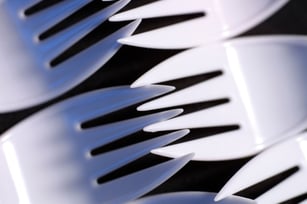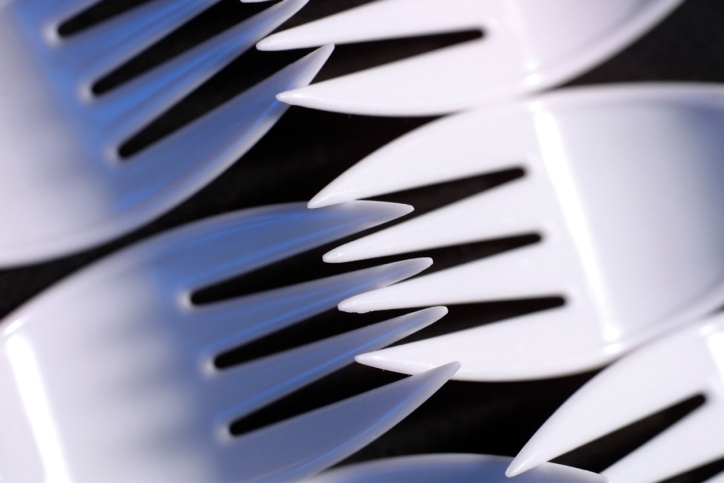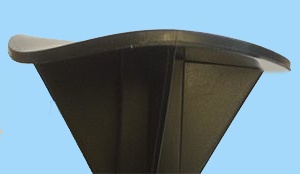 The plastics processing community has largely embraced the use of purging compounds to clean injection molding machines, extruders and hot runner systems. Purging compounds provide many benefits to your plastics processing equipment, including:
The plastics processing community has largely embraced the use of purging compounds to clean injection molding machines, extruders and hot runner systems. Purging compounds provide many benefits to your plastics processing equipment, including:- Help you quickly transition from one color to the next
- Reduce scrap rates by eliminating color and carbon contamination
- Reduce machine downtime, minimizing costly production delays
However, many misconceptions exist about commercial purging compounds (CPCs), their benefits and the costs involved with using a CPCs.
Here are three common misconceptions about purging compounds and the truth behind each one:
1. Purging Compounds Are Not Necessary
A common misconception is that regrind, natural resin or the next color are sufficient for cleaning plastic processing machines, but this is simply not true.
These materials are not designed to clean injection molding machines, extruders or hot runners and are not a substitute for commercial purging compounds. Purging your machines using these materials is time-consuming, wasteful and ineffective at removing color and carbon contamination.
When you use regrind or virgin resins to purge your machines, the material creates another layer over existing resins, color deposits or carbonized material within the barrel and on the screw.
In time, these layers become additional sources of contamination, making purging even more difficult. Once your machines return to production, the carbonized materials eventually break free and contaminate other products.
2. Purging Compounds Are Expensive
Although a cost is involved with purchasing purging compounds, it’s important to remember that regrind and production resin are not free. When calculating purging costs, factors that you must also consider include are:
- Machine downtime cost
- How much purging compound is required
- The amount of flush material used (next resin/color)
- The cost of your scrap resin, material and labor waste, and rejects run upon startup
3. Price Per Pound Is All That Matters
When selecting a purging compound for your company, consider more than just price per pound. Even though the purging compound supplier will recommend a ballpark amount of purging compound required per purge, the actual amount required per job varies based on the application and machine.
Price per pound is not an apples-to-apples comparison, and it should not be the sole factor to consider when choosing a purging compound. A better solution is to test samples from multiple companies, see which one works best and then look at the total cost to purge before making a final decision.
Misconceptions about purging compounds are plaguing the plastics processing industry and prevent many companies from using a CPC until it’s too late.
Until recently, using a processing resin or regrind was the most popular method for purging. Although these materials are often cheaper on a pound-for-pound basis, resin and regrind do not offer the same benefits as a commercial purging compound. CPCs help you remain competitive by reducing downtime, scrap rates and contamination in your machines, all of which allow you to maximize your bottom line.
Learn more about the importance of using a purging compound by downloading this free industry guide








Comments